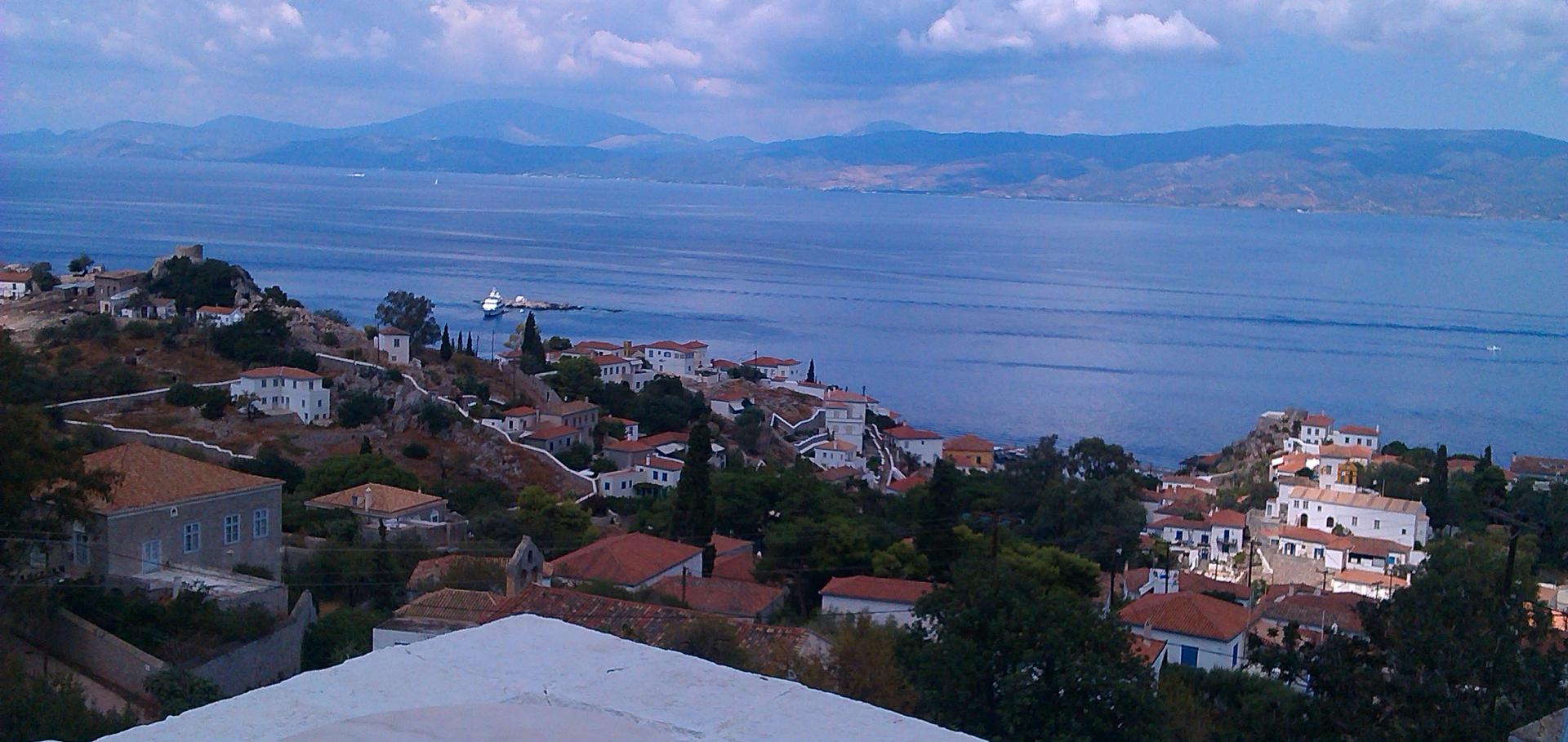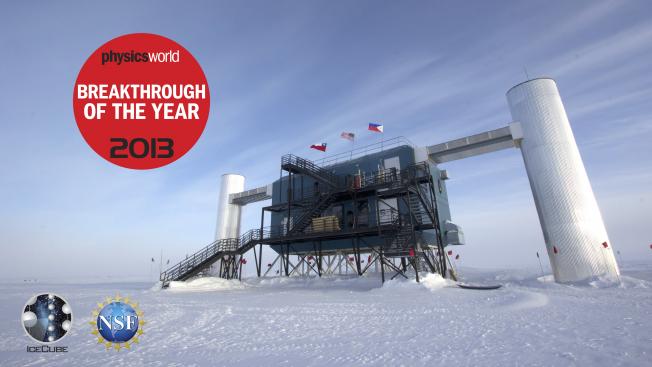Differential limit on the extremely-high-energy cosmic neutrino flux in the presence of astrophysical background from nine years of IceCube data
PHYSICAL REVIEW D 98:6 (2018) ARTN 062003
Authors:
MG Aartsen, M Ackermann, J Adams, JA Aguilar, M Ahlers, M Ahrens, I Al Samarai, D Altmann, K Andeen, T Anderson, I Ansseau, G Anton, C Argueelles, J Auffenberg, S Axani, P Backes, H Bagherpour, X Bai, A Barbano, JP Barron, SW Barwick, V Baum, R Bay, JJ Beatty, J Becker Tjus, K-H Becker, S BenZvi, D Berley, E Bernardini, DZ Besson, G Binder, D Bindig, E Blaufuss, S Blot, C Bohm, M Borner, F Bos, S Boeser, O Botner, E Bourbeau, J Bourbeau, F Bradascio, J Braun, M Brenzke, H-P Bretz, S Bron, J Brostean-Kaiser, A Burgman, RS Busse, T Carver, E Cheung, D Chirkin, A Christov, K Clark, L Classen, GH Collin, JM Conrad, P Coppin, P Correa, DF Cowen, R Cross, P Dave, M Day, JPAM de Andre, C De Clercq, JJ DeLaunay, H Dembinski, K Deoskar, S De Ridder, P Desiati, KD de Vries, G de Wasseige, M de With, T DeYoung, JC Diaz-Velez, V di Lorenzo, H Dujmovic, JP Dumm, M Dunkman, E Dvorak, B Eberhardt, T Ehrhardt, B Eichmann, P Eller, PA Evenson, S Fahey, AR Fazely, J Felde, K Filimonov, C Finley, S Flis, A Franckowiak, E Friedman, A Fritz, TK Gaisser, J Gallagher, E Ganster, L Gerhardt, K Ghorbani, W Giang, T Glauch, T Gluesenkamp, A Goldschmidt, JG Gonzalez, D Grant, Z Griffith, C Haack, A Hallgren, L Halve, F Halzen, K Hanson, D Hebecker, D Heereman, K Helbing, R Hellauer, S Hickford, J Hignight, GC Hill, KD Hoffman, R Hoffmann, T Hoinka, B Hokanson-Fasig, K Hoshina, F Huang, M Huber, K Hultqvist, M Huennefeld, R Hussain, S In, N Iovine, A Ishihara, E Jacobi, GS Japaridze, M Jeong, K Jero, BJP Jones, P Kalaczynski, W Kang, A Kappes, D Kappesser, T Karg, A Karle, U Katz, M Kauer, A Keivani, JL Kelley, A Kheirandish, J Kim, T Kintscher, J Kiryluk, T Kittler, SR Klein, R Koirala, H Kolanoski, L Koepke, C Kopper, S Kopper, JP Koschinsky, DJ Koskinen, M Kowalski, K Krings, M Kroll, G Kruckl, S Kunwar, N Kurahashi, A Kyriacou, M Labare, JL Lanfranchi, MJ Larson, F Lauber, K Leonard, M Leuermann, QR Liu, E Lohfink, CJ Lozano Mariscal, L Lu, J Luenemann, W Luszczak, J Madsen, G Maggi, KBM Mahn, Y Makino, S Mancina, IC Maris, R Maruyama, K Mase, R Maunu, K Meagher, M Medici, M Meier, T Menne, G Merino, T Meures, S Miarecki, J Micallef, G Momente, T Montaruli, RW Moore, M Moulai, R Nagai, R Nahnhauer, P Nakarmi, U Naumann, G Neer, H Niederhausen, SC Nowicki, DR Nygren, A Obertacke Pollmann, A Olivas, A O'Murchadha, E O'Sullivan, T Palczewski, H Pandya, DV Pankova, P Peiffer, JA Pepper, C Perez de Los Heros, D Pieloth, E Pinat, A Pizzuto, M Plum, PB Price, GT Przybylski, C Raab, L Radel, M Rameez, L Rauch, K Rawlins, IC Rea, R Reimann, B Relethford, G Renzi, E Resconi, W Rhode, M Richman, S Robertson, M Rongen, C Rott, T Ruhe, D Ryckbosch, D Rysewyk, I Safa, SE Sanchez Herrera, A Sandrock, J Sandroos, M Santander, S Sarkar, S Sarkar, K Satalecka, M Schaufel, P Schlunder, T Schmidt, A Schneider, S Schoenen, S Schoeneberg, L Schumacher, S Sclafani, D Seckel, S Seunarine, J Soedingrekso, D Soldin, M Song, GM Spiczak, C Spiering, J Stachurska, M Stamatikos, T Stanev, A Stasik, R Stein, J Stettner, A Steuer, T Stezelberger, RG Stokstad, A Stossl, NL Strotjohann, T Stuttard, GW Sullivan, M Sutherland, I Taboada, F Tenholt, S Ter-Antonyan, A Terliuk, S Tilav, PA Toale, MN Tobin, C Tonnis, S Toscano, D Tosi, M Tselengidou, CF Tung, A Turcati, CF Turley, B Ty, E Unger, M Usner, J Vandenbroucke, W Van Driessche, D van Eijk, N van Eijndhoven, S Vanheule, J van Santen, M Vraeghe, C Walck, A Wallace, M Wallraff, FD Wandler, N Wandkowsky, TB Watson, A Waza, C Weaver, MJ Weiss, C Wendt, J Werthebach, S Westerhoff, BJ Whelan, N Whitehorn, K Wiebe, CH Wiebusch, L Wille, DR Williams, L Wills, M Wolf, J Wood, TR Wood, E Woolsey, K Woschnagg, G Wrede, DL Xu, XW Xu, Y Xu, JP Yanez, G Yodh, S Yoshida, T Yuan, IceCube Collaboration



